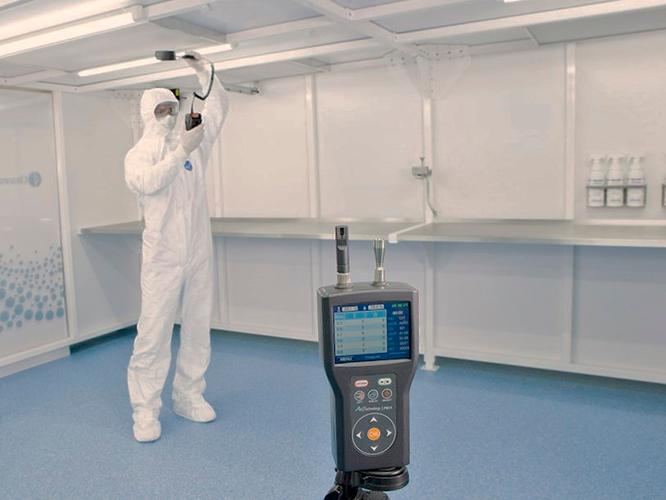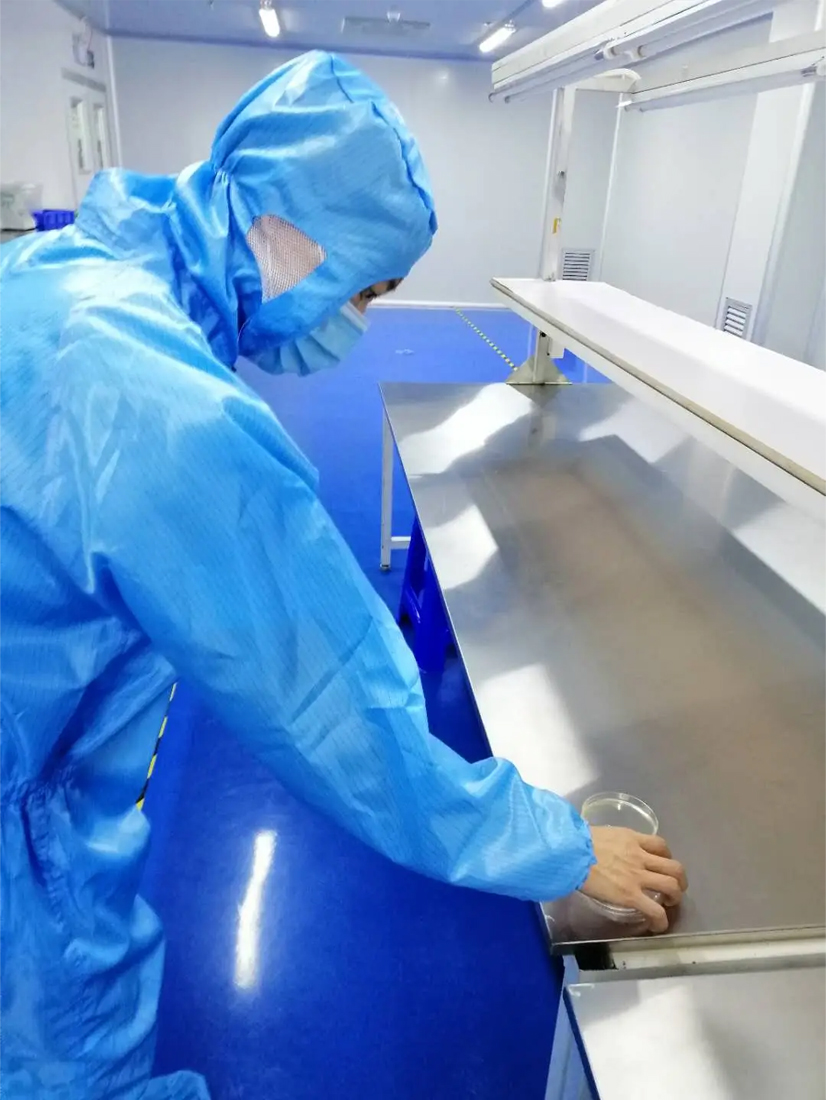Maintaining a modular cleanroom is essential for optimizing performance, ensuring product quality, and extending the lifespan of equipment.
Access Control and Dress Code Procedures
To mitigate contamination risks, implementing strict access and dress code procedures is paramount. All personnel must undergo training to adhere to these protocols.
- Deiiang™ emphasizes the use of state-of-the-art access control systems
- Personnel must wear gowns, masks, gloves, and hairnets
- Compliance with standards such as ISO 14644-5
Regular Air Quality monitoring
Air quality is the keystone of Cleanroom performance. Regular monitoring ensures adherence to air cleanliness standards.
Deiiang™ recommends employing automated air quality systems with real-time reporting to quickly identify and rectify deviations.

hepa filter Maintenance
hepa filters are critical in maintaining air purity by trapping particles as small as 0.3 microns with 99.97% efficiency.
99.97% Efficiency
Traps particles as small as 0.3 microns
Pressure Gauges
Monitor filter efficiency
Deiiang Jason.peng advises integrating pressure differential gauges to monitor filter efficiency, assisting in timely replacements without disrupting operations.

Surface Cleaning Protocols
Surface cleanliness is crucial to prevent contamination. Daily cleaning routines should be standard practice.
- Anti-static wipes and appropriate detergents
- Ergonomic cleaning tools designed by Deiiang™
- Compliance with rigorous cleanliness standards
Environmental monitoring Systems
Utilizing comprehensive environmental monitoring systems enables precise control over temperature, humidity, and pressure variations.
| Parameter | Control Requirement | Monitoring Frequency |
|---|---|---|
| Temperature | ±2°C | Continuous |
| Humidity | ±5% RH | Continuous |
| Pressure | Positive pressure maintained | Continuous |
These systems, equipped with sensors as proposed by Deiiang™, ensure conditions remain constant, automatically alerting personnel to any discrepancies.
Routine Monitoring
Scheduled monitoring involves both short-term and long-term checks:
- Daily Checks: Documenting environmental conditions and verifying equipment functionality
- Weekly Deep Cleaning: Extends beyond surface cleaning, focusing on equipment and structural facets
- Monthly Inspections: Review all documentation for compliance and ensure mechanical systems function smoothly
HEPA Filter Replacement
Filters must be replaced based on operational hours and performance data.
Replacement Indicator: If pressure readings exceed specified thresholds by more than 10%, immediate replacement is needed.
Deiiang™ recommends conducting simulations to anticipate the frequency of replacements, aligning with industry standards for maintenance schedules.
Maintenance Schedule
Daily Cleaning
Routine cleaning to minimize accumulative contamination using sterilized wipes and compatible solvents.
Weekly Deep Cleaning
Targets less accessible areas like ventilation ducts and equipment crevices, requiring trained personnel.
Monthly Inspections
Comprehensive checks of all systems, verifying sensor calibration and addressing minor repairs.
Annual Maintenance
Thorough evaluation of all elements, reviewing HVAC systems, structural integrity, and safety procedures.
Conclusion: Comprehensive Maintenance for Optimal Functionality
Proper maintenance of modular cleanrooms not only ensures compliance with industry standards but also maximizes efficiency and operational safety. By implementing these protocols, organizations can maintain a pristine environment, crucial for sensitive operations.
Common Questions and Solutions
❓ What is the most critical regular maintenance activity for cleanrooms?
Regular air quality monitoring and HEPA filter maintenance are crucial to ensuring the environment stays contaminant-free.
❓ How often should HEPA filters be checked or replaced?
HEPA filters typically require bi-annual checks and replacement based on efficiency drop, usually every 12 to 18 months.
References
- International Organization for Standardization. (2015). iso 14644-1:2015 – Cleanrooms and associated controlled environments.
- Deiiang™, Product Design Insights by Deiiang Jason.peng.
These rigorous practices, combined with the latest technology and procedural diligence, uphold the uncompromised standards necessary for modular cleanrooms.
 +86 18186671616
+86 18186671616 Jason@cleanroomequips.com
Jason@cleanroomequips.com
 MENU
MENU


